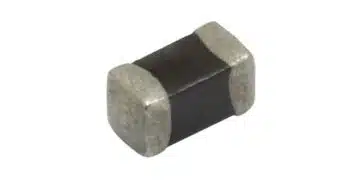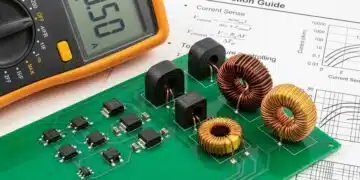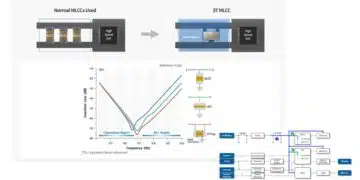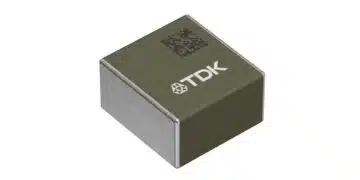Bourns, Inc., a leading manufacturer and supplier of electronic components for power, protection, and sensing solutions, today announced it is expanding its Multifuse® Polymer PTC (PPTC) Resettable Fuse Model MF-ASML/X Series with a new higher power rated model.
The Bourns® Model MF-ASML075/6 features a maximum 0.75 A (Ihold) rating and is designed to give developers of space-constrained applications greater overcurrent/overtemperature protection selection options in an ultra-compact 0402 footprint.
In addition to the higher hold current and smaller footprint, the new model incorporates several key improvements, including increased voltage ratings (Vmax) and enhanced resistance stability. These enhancements are specifically crafted to cater to a wide array of applications, primarily as optimized protection solutions for low voltage DC ports commonly found in consumer products such as wearables, toys and gaming applications.
As the latest addition to the Multifuse® PPTC Resettable Fuse line, the Model MF-ASML075/6 is also based on Bourns’ innovative freeXpansion™ technology. Developed more than 14 years ago, freeXpansion™ technology increases the performance of the fuse with the ability to handle higher currents and voltages, improves its resistance stability and allows for a smaller footprint.
To help increase the reliability and longevity of all Multifuse® PPTC Resettable Fuses, including the MF-ASML/X model family, Electroless Nickel Immersion Gold (ENIG) plating is employed for their SMD terminals. ENIG plating uses a thin, uniform layer of gold over a layer of nickel that has been proven to offer outstanding corrosion resistance and excellent electrical conductivity. In contrast, traditional nickel-tin (Ni/Sn) plating can be susceptible to issues such as whisker formation, oxidation, and corrosion, which can lead to short circuits, subpar soldering and deterioration in electronic circuits.
The MF-ASML/X model family also adopts the unique Titanium carbide (WC) material, which features a lower resistance and is oxidation resistant in humid environments. A lower resistance is valuable because it contributes to higher power efficiency, while oxidation resistance aids in achieving an enhanced quality and reliability level.
Features
- Standard 0402 footprint
- Fast Time-to-Trip (TTT) to protect in overcurrent events
- Excellent solderability with ENIG terminal
- Symmetrical design and low profile of 0.6 mm
- RoHS compliant and halogen free
Applications
- Overcurrent and overtemperature protection for:
- USB, HDMI port protection
- Battery packs
- Tablet and laptop PCs
- Hard disk drives
- LCD/LED HDTV
- Server and data center interfaces































